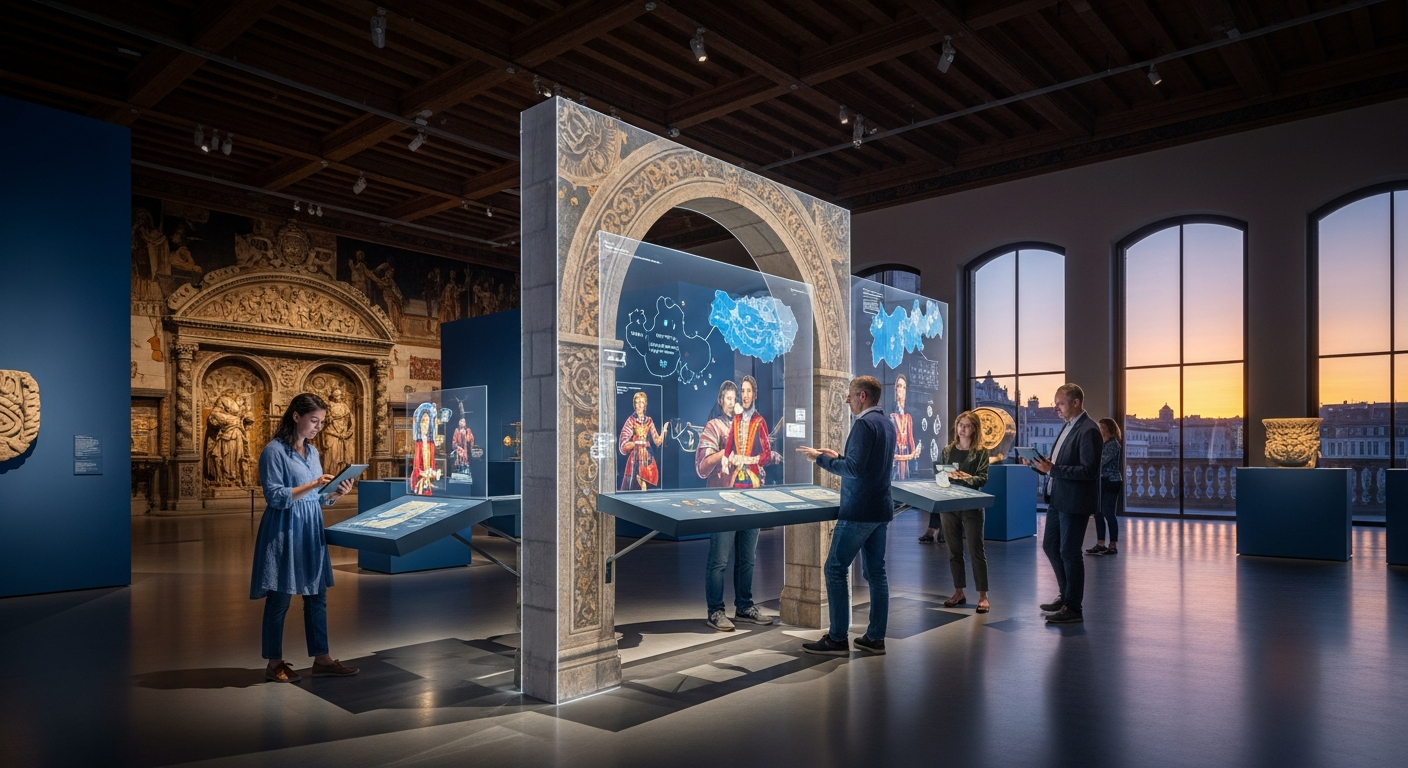Integrating digital and physical programming for broader reach
Blending online tools with in-person offerings lets cultural organizations expand audience reach, enrich storytelling, and maintain conservation standards. Thoughtful integration supports curation, visitor access, and sustainability while enabling layered interpretation that serves diverse needs across both virtual and gallery spaces.

Blending digital tools with on-site programming reconceives how cultural content is presented and consumed. Organizations that align curatorial goals with robust digital infrastructure can extend narrative threads beyond gallery walls, offer alternative access modes, and better manage logistics and conservation constraints. Clear coordination across teams—curators, educators, tech staff, and front-of-house—helps ensure a cohesive experience for both remote and onsite audiences while maintaining attention to sustainability and accessibility.
How does curation bridge digital and physical?
Curation now involves synchronizing interpretive intent across platforms. Digital catalogs, high-resolution images, and enhanced metadata allow curators to surface background materials that cannot be displayed physically, adding depth without crowding gallery spaces. A curator-led digital experience can highlight provenance, comparative works, and multimedia interviews that supplement in-gallery labels. Consistent thematic framing ensures that visitors who engage online receive complementary context that reinforces the physical exhibit’s storytelling rather than duplicating it.
How can exhibits use digital experience effectively?
Digital experience should extend—not replace—the tactile and spatial qualities of exhibits. Augmented reality, interactive kiosks, and mobile guides provide optional layers for different learning preferences and attention spans. Pre-visit digital materials can prime visitors, while in-gallery digital features can offer magnified details or behind-the-scenes footage. Careful placement, accessibility features, and testing for responsiveness ensure that these elements enhance engagement without creating sensory overload or detracting from original works.
How to measure visitors and engagement?
A blended measurement approach captures richer insights: onsite counters, anonymized Wi-Fi metrics, and analytics from websites or apps show patterns of flow and dwell time, while surveys and observation provide qualitative context. Tracking how digital pathways influence physical visitation—such as which online stories drive repeat visits—helps refine programming. Ethical data practices and clear privacy policies are essential when collecting behavioral metrics so that analytics inform interpretation without compromising visitor trust.
How to improve accessibility and interpretation?
Accessibility should be central in both digital and physical design. Digital assets allow captioning, audio descriptions, adjustable text, and downloadable guides that support diverse needs. Tactile options—3D-printed replicas or raised-line diagrams—paired with narrated digital tours can broaden physical access. Interpretation strategies that offer layered text, multilingual options, and varied media formats address different learning styles and reading levels. Co-design with community members and testing with assistive technologies help ensure meaningful access for a wider audience.
What programming and logistics support integration?
Successful integration depends on coordinated programming and pragmatic logistics. Shared calendars that list in-person and virtual events, ticketing systems that manage hybrid access, and workflows for content updates reduce friction. Staff cross-training enables seamless delivery: educators and front-of-house personnel should understand digital tools, and digital producers should be familiar with gallery operations. Reliable network infrastructure, equipment maintenance plans, and contingency protocols for livestreams are practical considerations that sustain consistent visitor experiences.
How do conservation and sustainability factor in?
Conservation constraints often dictate how technology is used near sensitive objects: limited light exposure, restricted touch, and climate control requirements may preclude certain onsite interactions. High-quality digital surrogates—detailed scans, immersive photo documentation, and virtual replicas—can provide close study opportunities without risk. Sustainability considerations include selecting energy-efficient hardware, planning for equipment lifecycle and recyclability, and reusing digital assets across programs to reduce production demands. Thoughtful choices support long-term stewardship while widening access and storytelling options.
Conclusion Integrating digital and physical programming is an iterative process that balances curatorial goals, visitor engagement, accessibility, logistics, conservation, and sustainability. When teams design complementary digital experiences, measure impact ethically, and prioritize inclusive interpretation, cultural organizations can broaden reach and enrich how stories are encountered across both virtual and physical spaces.





